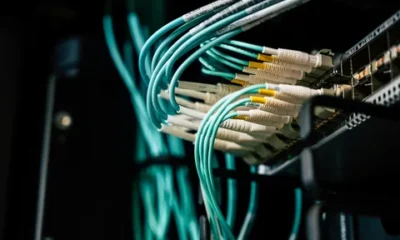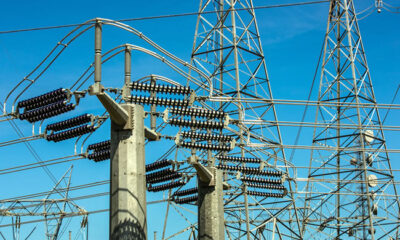Technology
Smart window generates electricity from raindrops, without solar cells

A new smart window may conserve energy and produce power from raindrops. Solar energy is perhaps the first thing that springs to mind when considering self-sufficient electricity production from renewable sources. These days, solar energy may be found in the form of accessible bigger solar systems or easily operated balcony power stations.
To be as self-sufficient as feasible, some may even consider wind power or geothermal energy, but how does electricity generation from rain work? The University of Seoul created the new “Plus Energy” window, which makes use of indium tin oxide (ITO) as a semiconductor.
Many applications such as photovoltaics, LEDs and display elements today require the transparent electrode with high conductivity made of ITO in order to function. However, the South Korean research team uses a combination of several layers of ITO and silver. The ITO-silver combination generates electricity through the friction of raindrops on the electrode. The team reported in their study, titled “Energy-saving window for versatile multimode of radiative cooling, energy harvesting, and defrosting functionalities”:
In an experiment simulating rainy conditions, the smart windows generated 8.3 W m-2 of power with just a single raindrop.
This means that an output of 8.3 watts is generated over an area of one square meter. The new technology is particularly interesting on hot days, which are expected to become increasingly frequent in many regions of the world due to climate change. In contrast to conventional window panes with high solar absorption, the smart window has a cooling effect.
As only the visible part of the sunlight spectrum is transmitted, the indoor temperature can be lowered by around 7 degrees when outside temperatures are high, reducing dependence on conventional cooling systems – and without additional energy consumption.
The final advantage of the window is its ability to de-ice itself on frosty days through a transparent heating function, without requiring additional energy. Detailed information on the project can be found in the study published at Nano Energy.

Key functions of the multifunctional window: transparent radiant cooling, power generation and elimination of condensation and frost

Key functions of the multifunctional window: transparent radiant cooling, power generation and elimination of condensation and frost

-

 Technology2 years ago
Technology2 years agoVoIP Number: Everything You Need To Know
-

 Music2 months ago
Music2 months ago[Music] Gnash Ft Olivia O’Brien – I Hate you, I Love you
-

 Music1 month ago
Music1 month ago[INSTRUMENTAL] John Legend – All Of Me
-

 Music2 months ago
Music2 months agoAlan Walker – Faded [INSTRUMENTAL]
-

 Music1 month ago
Music1 month ago[Video] 21 Savage ft. Offset & Metro Boomin – Rap Saved Me
-

 Music1 month ago
Music1 month ago[Instrumental] Wiz Khalifa – See You Again ft. Charlie Puth
-

 ANE Stories4 months ago
ANE Stories4 months ago[STORY] AMAKA THE LESBIAN (Complete Episodes)
-

 Music2 months ago
Music2 months ago[Music] Akon – Sorry Blame It On Me














































